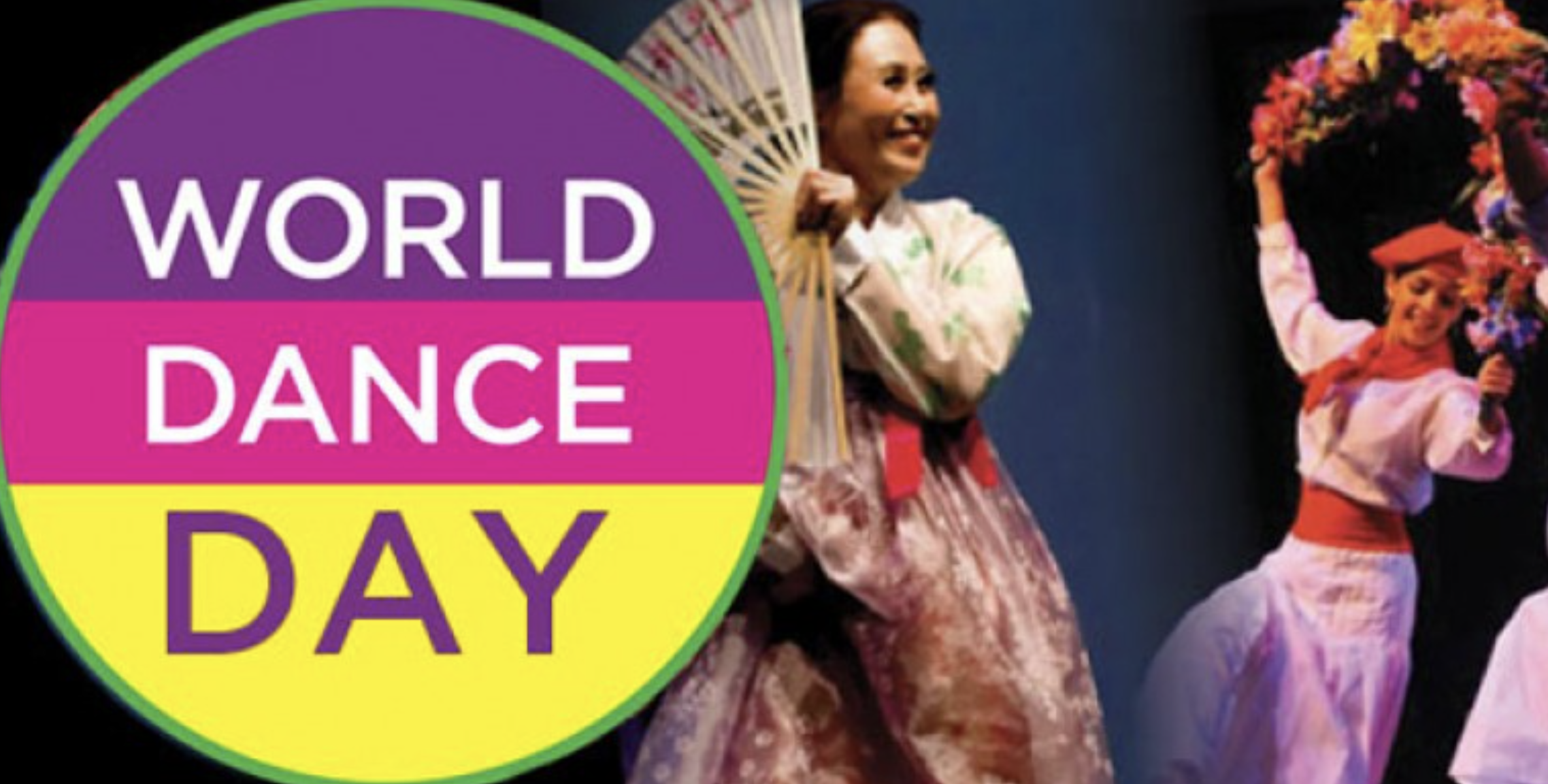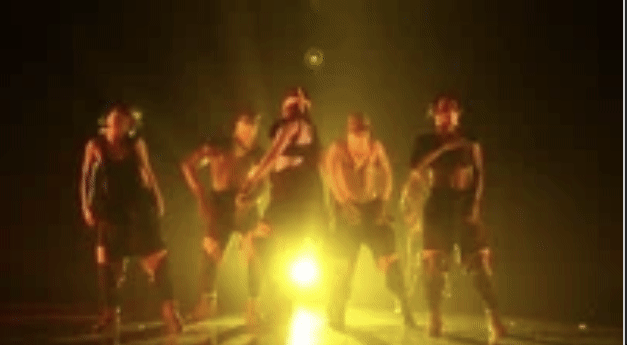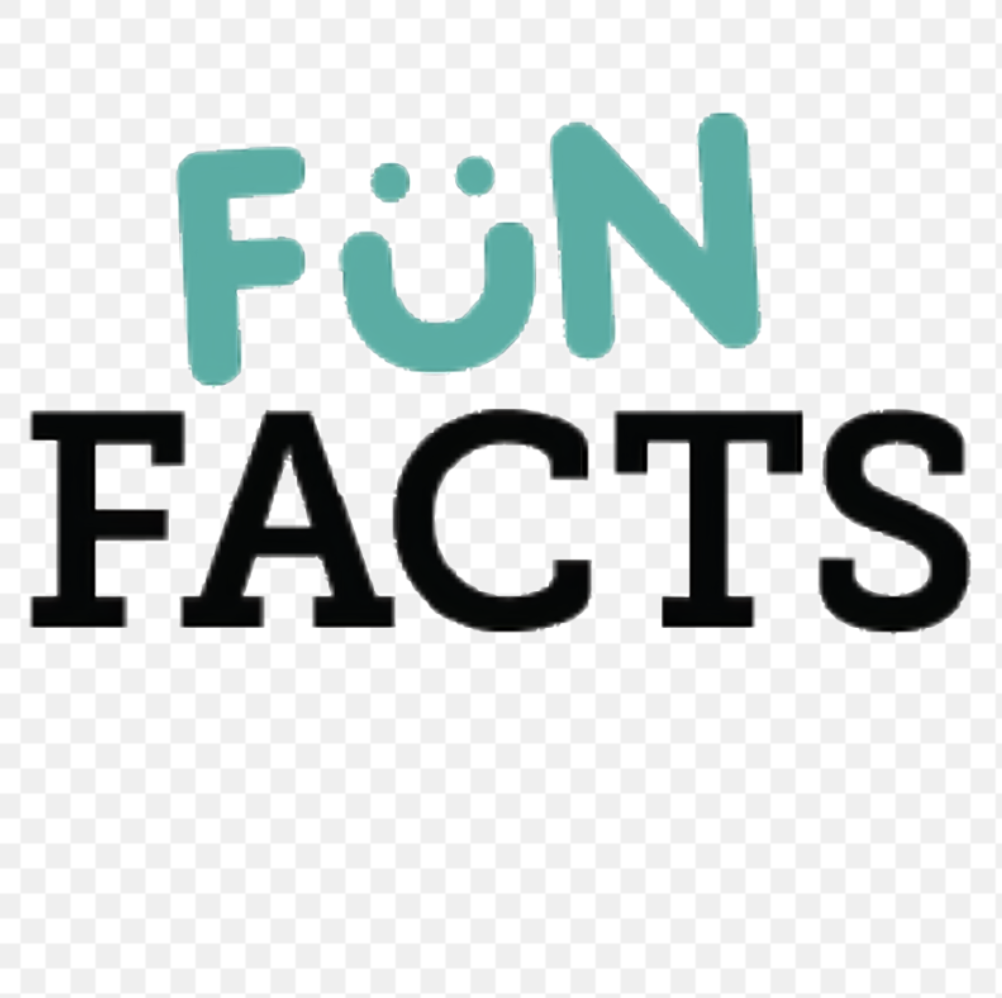
International
Dance Day
Brief overview of some
of the most popular styles
of dance.
Contemporary - incorporates
lyrical, modern,
ballet and jazz.
Irish Dance - recognized
by its rapid leg and
foot movements
Tap - best described as
"musical feet"
Ballet - often
referred to as
the backbone
of dance

Jazz - very fun and
energetic
Modern dance - developed
as a rebbellion against
classical ballet

Hip-hop - urban dance style
also known as Street Dance

The intention is to celebrate
dance cross all political, cultural
and ethnic barriers and to
bring people together
with a common
language - dance.
Each year the ITI selects an
outstanding
personality from the world
of dance to be the
Message Author
for the event.
In 1982 Dance Committee of ITI founded International Dance Day to be celebrated on 29th April

Fun Facts about Dancing^
The most sensual dance
of modern times is without
a doubt the Tango. It originated
in the 1890s in Argentina,
but it quickly became very
successful in Europe
In ancient Greek mythology,
nine muses were associated
with each one of the arts.
Terpischore was the muse
of dancing
The dance world is full of
superstitions. By saying
"break a leg" before a show,
people are saying the exact
opposite of what they hope
will happen on stage
People who dance tend
to have higher self-esteem
and are more positive
A world record for the
longest conga dance line
was set by 119,986 people
in Miami in 1988.
The "Dancing Plague"of 1518
was a mania that lasted a month
and killed dozens of people
in Strasbourg, France through
exhaustion or heart attack.
People just danced uncontrollably
until they collapsed.
the birthday of Jean-Georges
Noverre (1727-1810),
creator of modern ballet.

